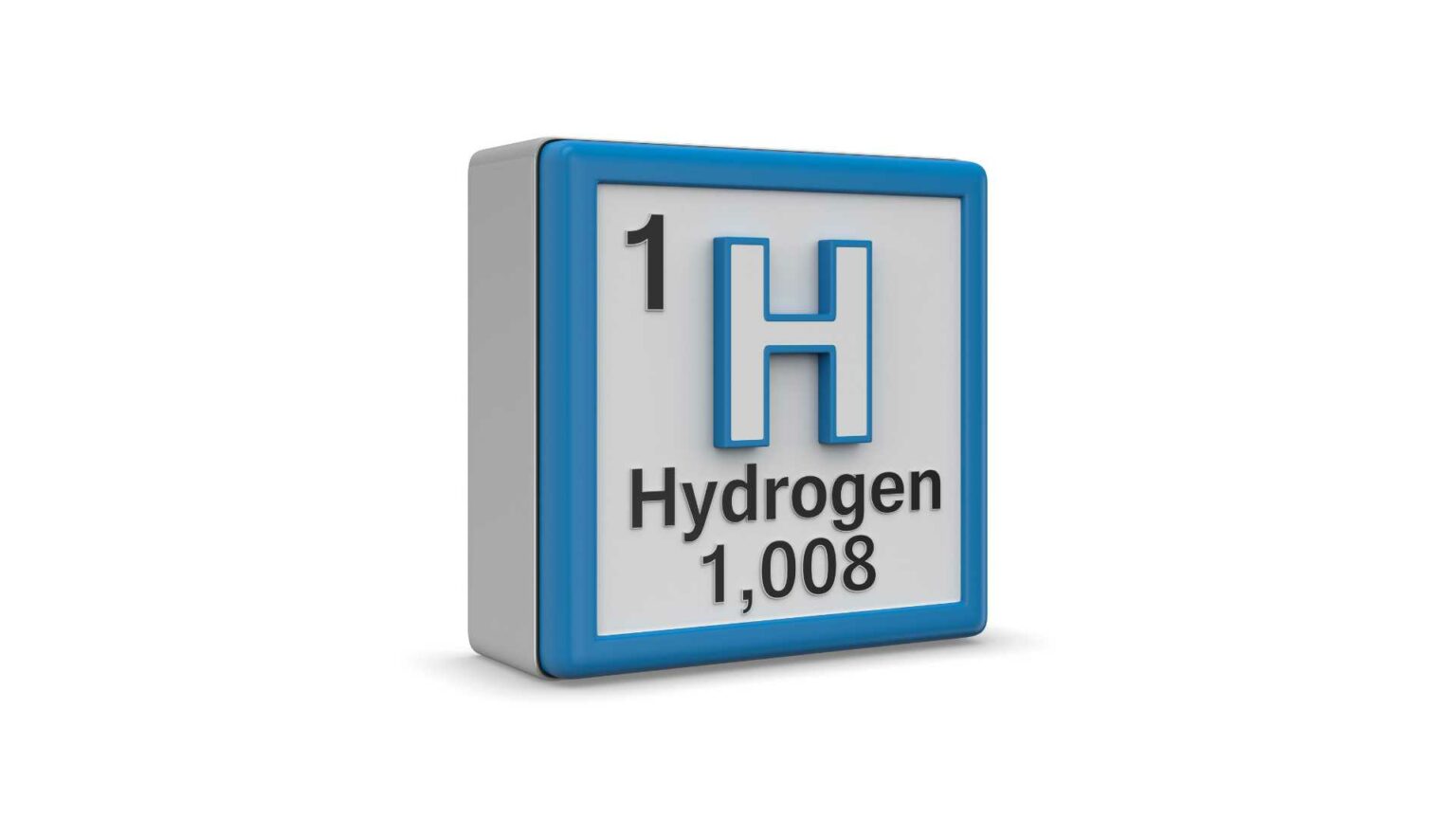Researchers at the University of Nottingham have discovered a novel approach to harness metal waste as a catalyst for hydrogen production, potentially revolutionizing the sustainability of this crucial energy source.
By leveraging the textured surface of swarf, a byproduct of the metal machining industry, scientists have devised a method to anchor atoms of platinum or cobalt, creating highly efficient electrocatalysts for water splitting. This breakthrough, detailed in the Journal of Material Chemistry A, holds promise for enhancing the green pathway of hydrogen production.
Hydrogen, known for its cleanliness and versatility, stands as a key contender in the quest for sustainable energy solutions. Unlike fossil fuels, hydrogen combustion yields only water vapor, making it an attractive option for various applications, from power generation to transportation.
Dr. Jesum Alves Fernandes, leading the research team, highlights the transformative potential of metal waste in green hydrogen production. By utilizing nanotextured surfaces and minimal amounts of precious metals, the researchers have achieved remarkable efficiency in electrolysis, offering a pathway to economic and environmental sustainability.
Partnering with AqSorption Ltd., the research group aims to scale up their technology, paving the way for widespread adoption. Beyond technological advancements, this innovation holds promise for upcycling metal waste and contributing to the circular economy, aligning with initiatives like the Zero Carbon Cluster in the East Midlands.
